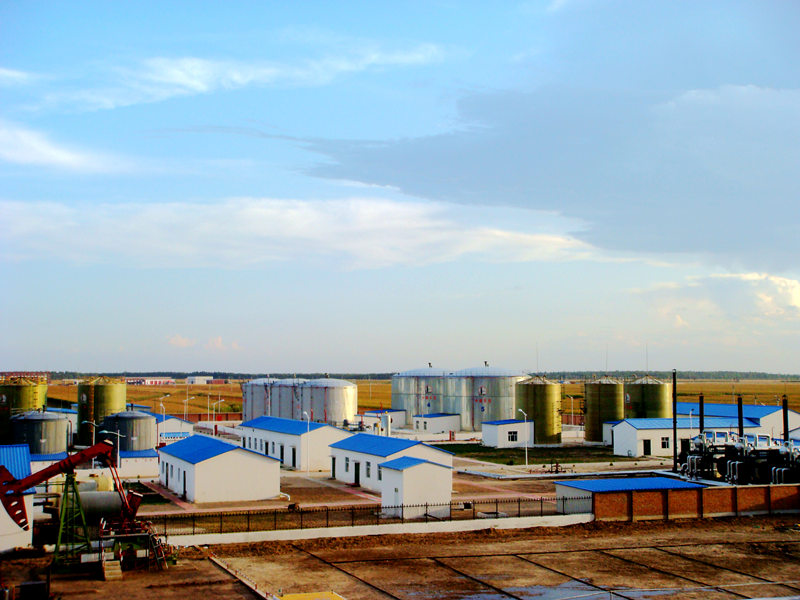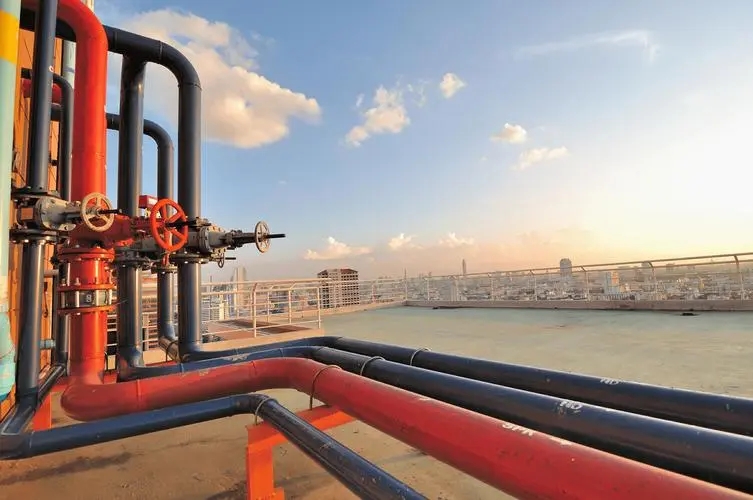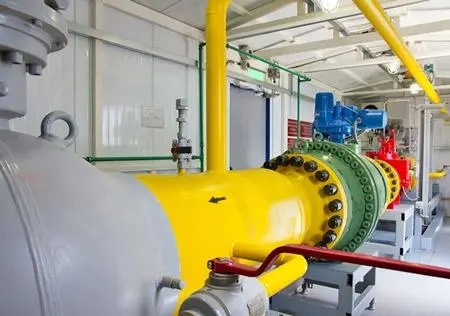-
-
09-07 2023
- 關于石油天然氣的 10 大“冷知識”
委內瑞拉擁有..上.大的石油儲備委內瑞拉以3009億桶的石油儲備..于..——占..儲備的17.8…
-
-
-
02-09 2023
- 陜西石油天然氣工程設計資質辦理要什么要求?
甲級資歷和信譽-陜西石油天然氣工程設計(1)具有獨立企業法人資格。(2)社會信譽良好…
-
-
-
10-19 2022
- 天然氣,石油液化氣,煤氣有什么區別?
燃氣分為三類,燃氣分別為天然氣、液化石油氣、人工煤氣。天然氣的成分比較簡單是甲烷,…
-
-
-
03-25 2022
- 石油是可再生資源嗎?
一直以來,流行的思想觀點,全是覺得石油的來源于是由遠古傳說動植物遺骸被埋在地下,通…
-
咨詢熱線:
18609296388
地址:西安經濟技術開發區鳳城七路北側未央路以西明豐國際901室
座機:18609296388
郵箱:312843927@qq.com


 當前位置:
當前位置:



